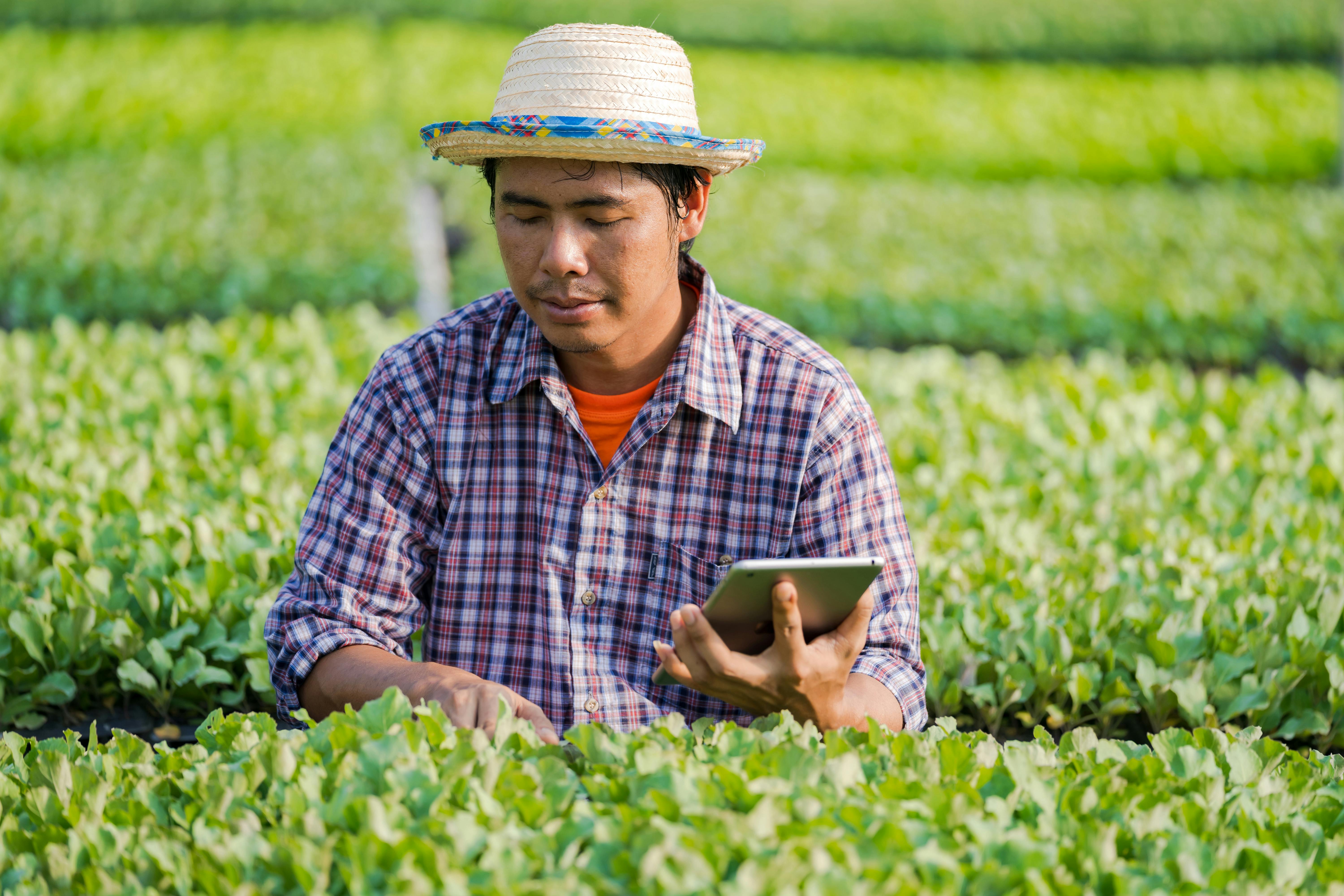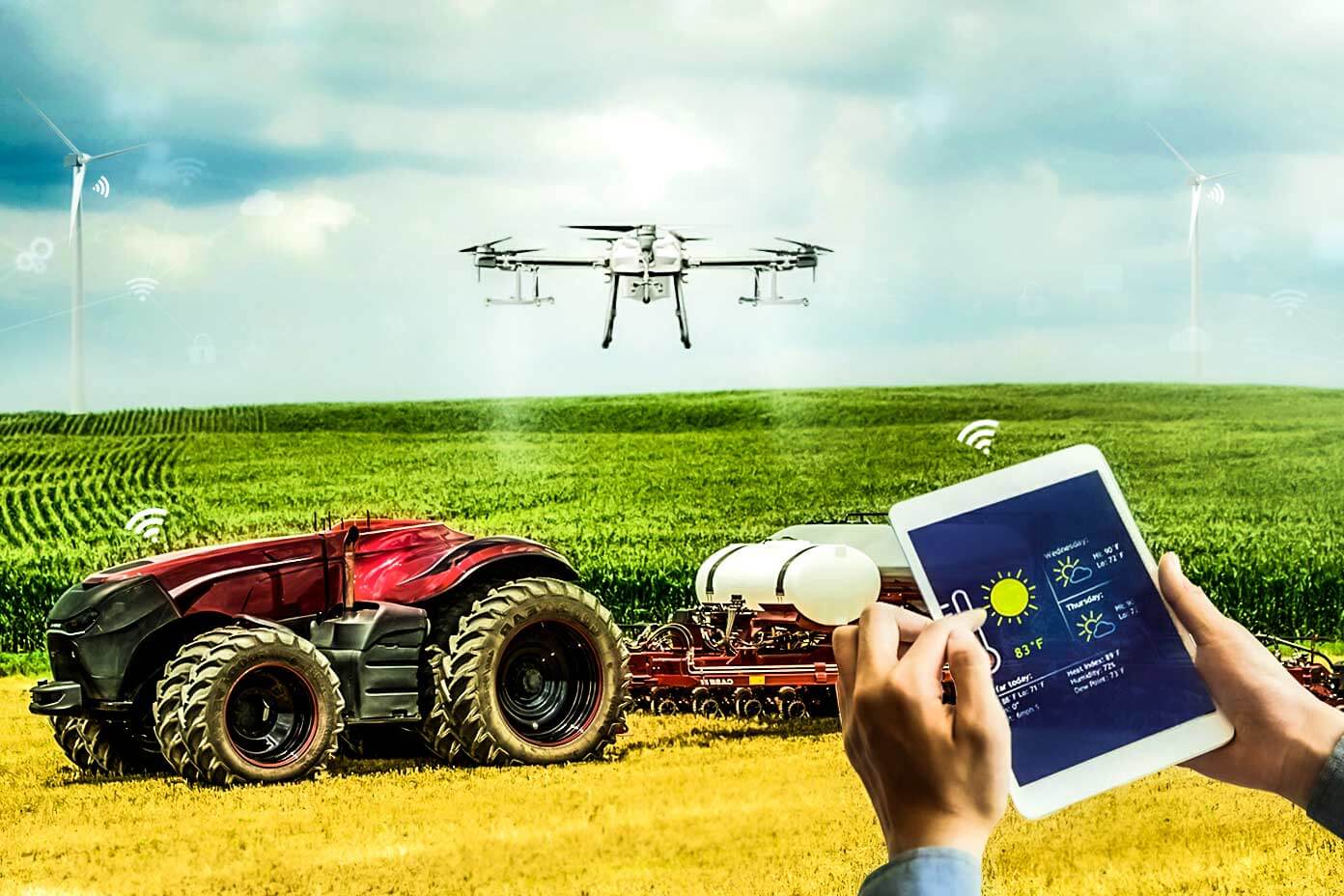
Image Source: Pexels
Farming is an age-old profession that has been around since ancient times. With the advancement in technology, however, Farmers use tech to make their yields efficient and increase their profits. From using machinery to reduce labour costs to using sensors that can monitor soil conditions and water levels, farmers are able to use technology to improve their yields and increase their profits. By using technology, farmers can increase their efficiency, reduce costs, and maximize their profits. Additionally, technology can help farmers reduce their environmental impact and increase sustainability.
With the use of technology, farmers can make sure that their yields are of the highest quality and are produced in a sustainable way. With the help of technology, farmers can make sure that their yields are of the highest quality, while also ensuring that they are produced in an eco-friendly manner.
What is a technology and how can Farmers use tech to make their yields efficient?
Technology has been a part of farming for decades, but newer technologies such as Artificial Intelligence (AI), the Internet of Things (IoT), Robotics, and Machine Learning are helping farmers across the world increase their yields, decrease costs, and be more sustainable. AI-enabled software can help farmers make better decisions about crop management, soil health, and water usage. IoT-enabled sensors can monitor the health of crops and soil conditions, and robots can be used to plant and harvest crops.
These technologies are making farming more accessible to small-scale farmers, who often lack access to advanced equipment and training. These technologies can automate processes such as irrigation and soil analysis, which frees up farmers’ time so they can focus on other aspects of their business, such as expanding their customer base or improving workplace culture.
Benefits of using technology in farming
- Automation: The use of technology has made agriculture more automated, which has increased productivity. In areas such as harvesting, planting, and water management, the use of agricultural robots has increased efficiency.
- Better Decision-Making: AI-enabled software and sensors can help farmers make better decisions about their farms. For example, sensors can monitor soil conditions and water levels, which can help farmers make better decisions about irrigation and fertilizer usage.
- Better Working Conditions: Farm workers often spend long hours in unfavourable conditions. The use of sensors, robots, and drones can help reduce the time spent on certain tasks, such as soil analysis, which can free up workers’ time and improve working conditions.
- Cooperation: Technology has enabled farmers to share data with one another, which has helped them to cooperate and improve the quality of their products. For example, farmers can use IoT sensors to monitor the health of their plants and share that data with other farmers.
- Customer Service: The use of technology has made customer service more efficient. For example, sensors can help farmers remotely track the supply chain and respond to customers’ questions about their products. This can help farmers increase their customer base.
- Reduced Labor Costs: Technology such as robotics and AI-enabled software can help farmers reduce the labour required to perform certain tasks, such as planting and harvesting crops. This can help farmers reduce costs. – Sustainability: The use of technology can help farmers increase their sustainability. Sensors can help farmers care for their crops and soil in a sustainable way.
Types of technology used in farming
- Artificial Intelligence (AI): AI has been used in farming for decades, and the latest advancements in AI are helping farmers make better decisions about their crops. AI-enabled software can track crop health, soil conditions, and water usage information and provide that data to farmers. This can help farmers make better decisions about their crops.
- Internet of Things (IoT): IoT is used to connect sensors to crops and soil in order to monitor their conditions. For example, sensors can be placed in the soil near crops to monitor their moisture levels and send that data to farmers. This can help farmers care for their crops.
- Robotic Farming: Robotic farming uses sensors, AI, and IoT to automate specific tasks. For example, a robotic farmer can plant, water, and harvest crops. This can help farmers save time and reduce labour costs.
Case studies of farmers using technology
- Drones: Drones have been used in farming to monitor crops, collect data, and create 3D images of fields. For example, drones can be used to detect diseases in crops and notify farmers when pests appear. This can help farmers increase their crop yields.
- AI-enabled Software: Artificial intelligence algorithms are used to collect and analyze data from sensors placed on the soil, crops, and water. This data can help farmers decide when to harvest their crops when to apply fertilizer, and how much water is necessary for their crops.
- Robotics: Robotics has been used to automate tasks such as planting and harvesting, soil analysis, and irrigation. This has helped farmers reduce costs and improve their farming operations.
Challenges of using technology in farming
Cultural Challenges: Some farmers may have difficulty adapting to new technologies. For example, some farmers may not be comfortable with AI-enabled software or IoT sensors. This can cause certain cultural challenges, but farmers can overcome these issues by talking with other farmers about their experiences.
Economic Challenges: Newer technologies are often expensive, which can make it challenging for farmers to use them. Farmers can, however, adopt more affordable technologies, such as sensors, to help improve their yields.
Environmental Challenges: Newer technologies may produce more waste and contribute to pollution. The use of sensors and drones, for example, can increase pollution since they use batteries.
Data Security: Farmers can collect large amounts of data, which can be challenging to manage. This data can be hacked, and it’s important to protect it by using encryption or other security measures.

Cost-effective methods of using technology in farming
- Using AI-enabled software to make better decisions: Farmers can use AI-enabled software to help them make better decisions about their crops. AI software can help farmers track their crops’ health, provide information about the latest weather conditions, and track their water usage. This software can help farmers decide when to harvest their crops and apply fertilizer. It can also help farmers save money by monitoring irrigation and helping them decide when to stop watering. This can help farmers reduce their water costs.
- Using sensors to monitor soil conditions: Farmers can use sensors to monitor soil conditions, which can help them make better decisions about their crops. For example, sensors can track soil moisture, which can help farmers decide when to water their crops. This can help farmers save money by reducing their water usage.
- Reducing labour costs by using robotics: Using robotics can help farmers reduce the labour required to perform certain tasks, such as planting and harvesting crops. This can help farmers reduce their labour costs.
- Using data to create customer service: Farmers can collect data from sensors and use it to create better customer service. For example, farmers can create graphs and charts using data to show customers the freshness of their produce. Doing this can help farmers increase their customer base.
- Increasing sustainability by using sensors: Sensors can help farmers care for their crops and soil in a sustainable way. For example, sensors can track soil moisture, which can help farmers decide when to water their crops. This can help farmers reduce water usage.
Government initiatives to help farmers use technology
- The National Institute of Agricultural Sciences in India is leading a program to help farmers adopt technology in their farms. The institute is also helping farmers access government subsidies to purchase technology.
- The Australian government is helping farmers adopt new technologies by conducting research and testing new technology. The government is also helping farmers access government subsidies to purchase new technology.
- The European Union has allocated $1.7 billion to help small-scale farmers adopt new technologies. The EU is also working with organizations, such as AGreenHub, to help farmers access these resources.
Opportunities for farmers to use technology
Big data analytics: Farmers can use data analytics to make better decisions about their crops and business. This can help them reduce costs and increase the quality of their products.
Cloud technology: Cloud technology can help farmers store and access large amounts of data from anywhere in the world. This can help them improve their business operations.
AI technology: AI technology can help farmers make better decisions about their crops and business. For example, AI can help farmers decide which crops to plant based on the weather and other factors. This can help farmers increase their crop yields and profits.











